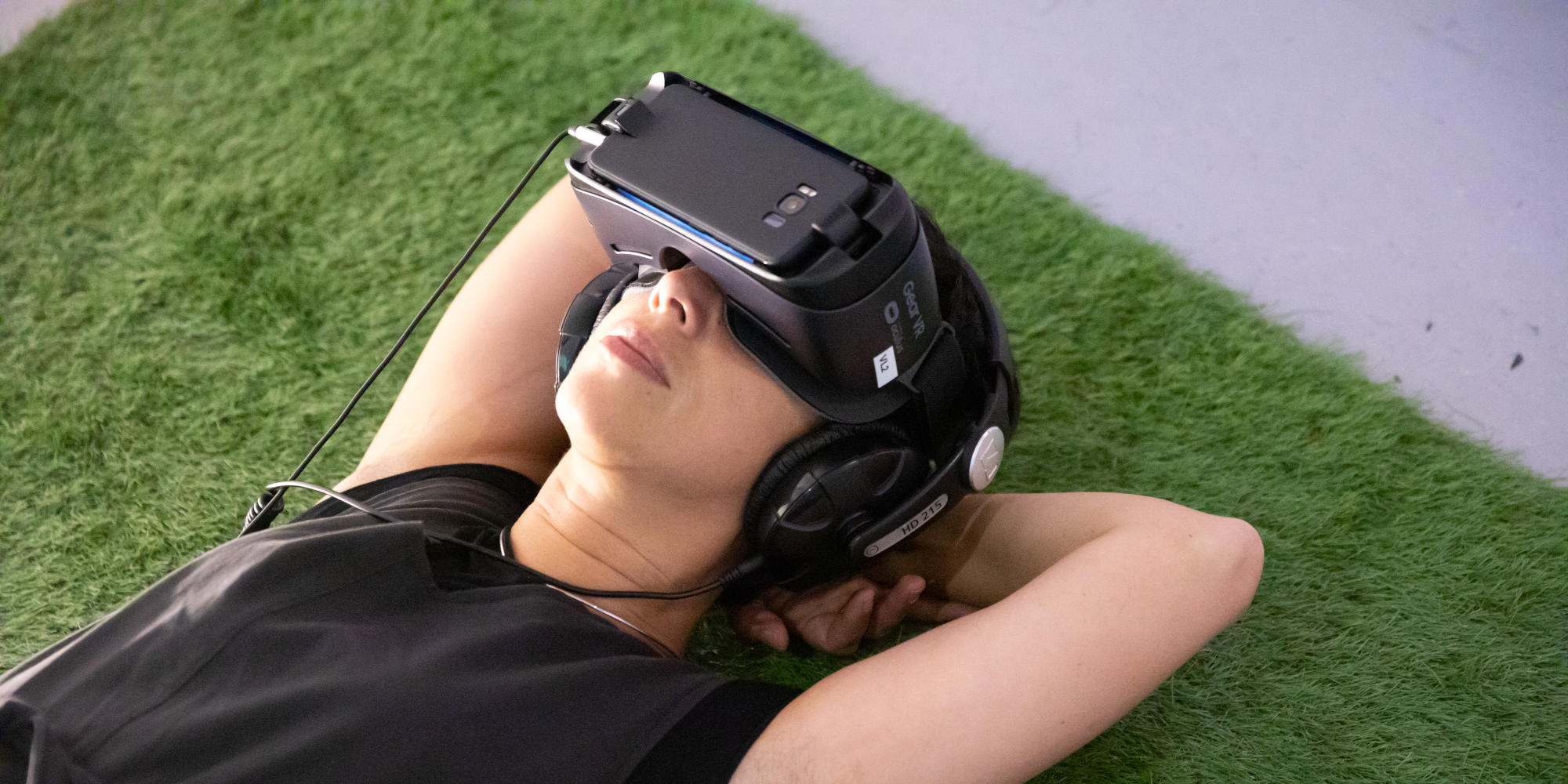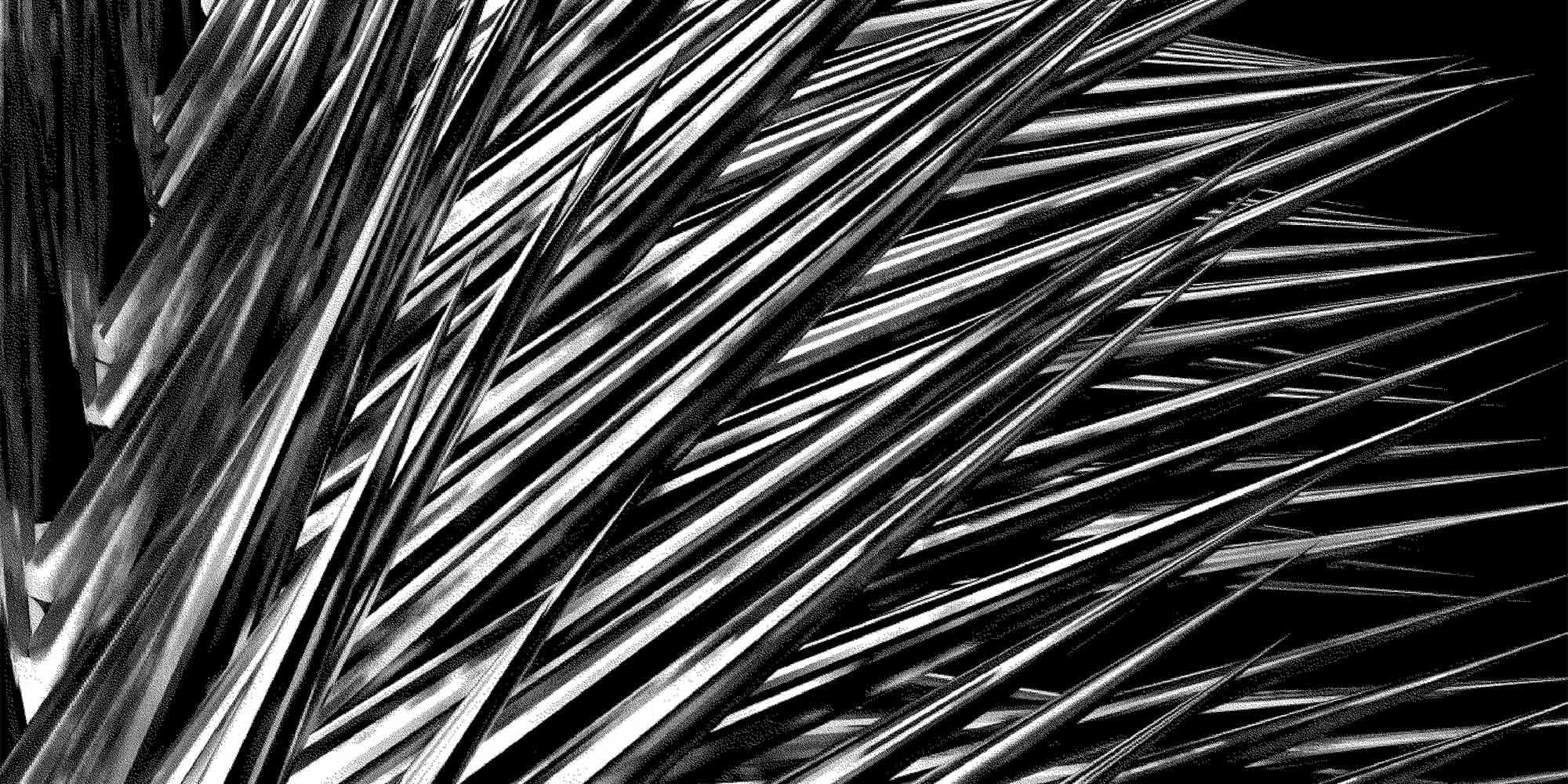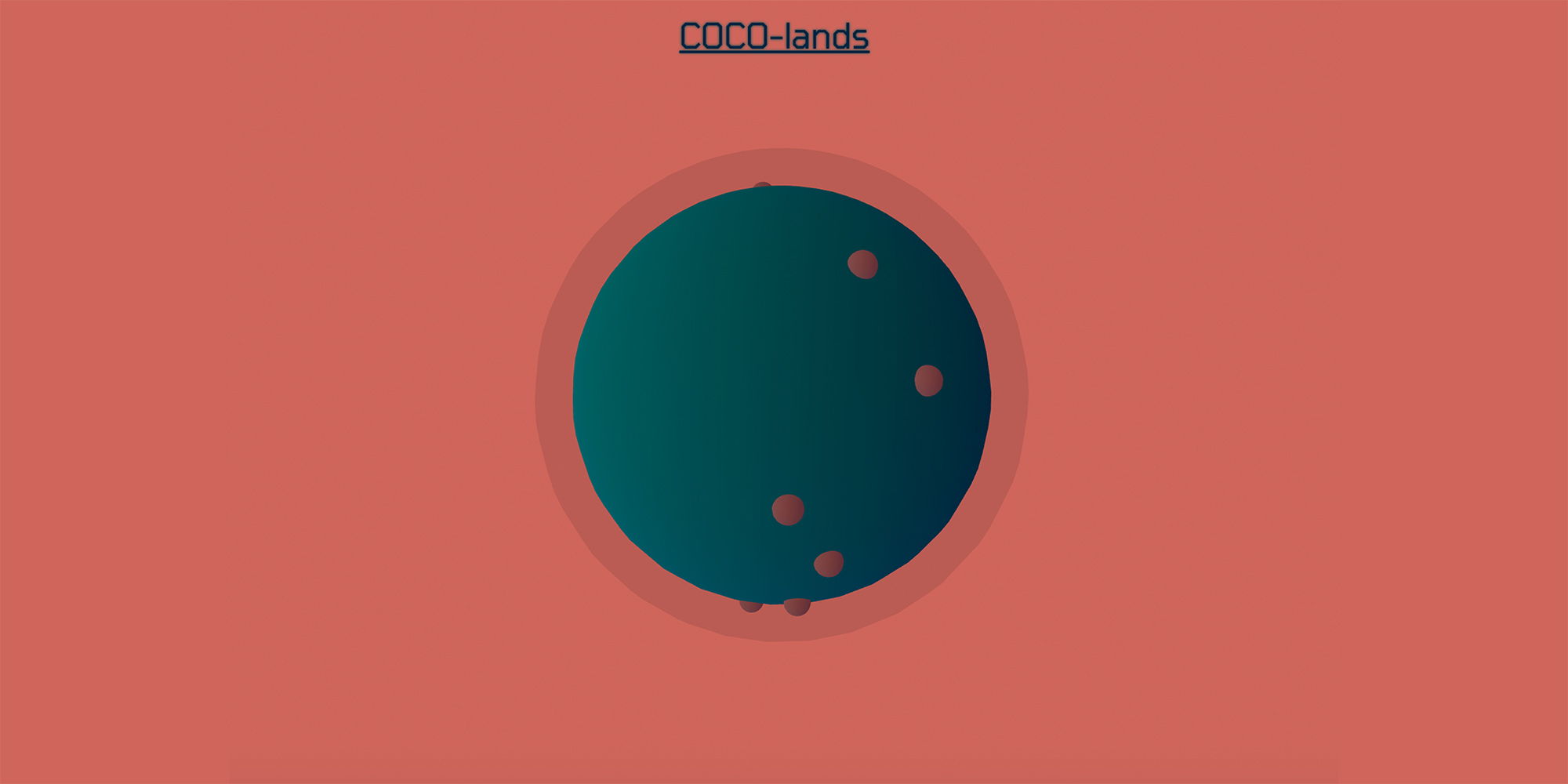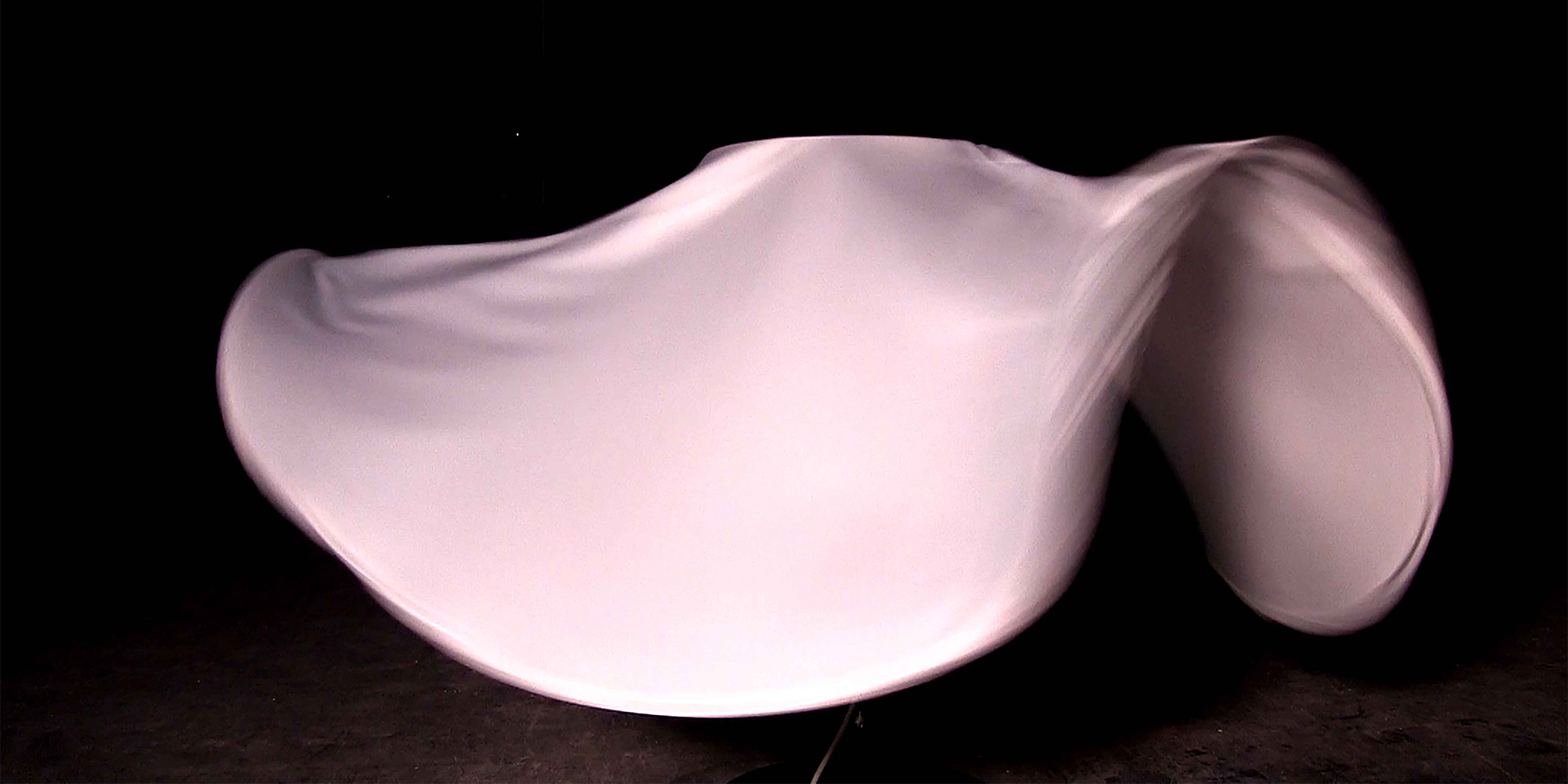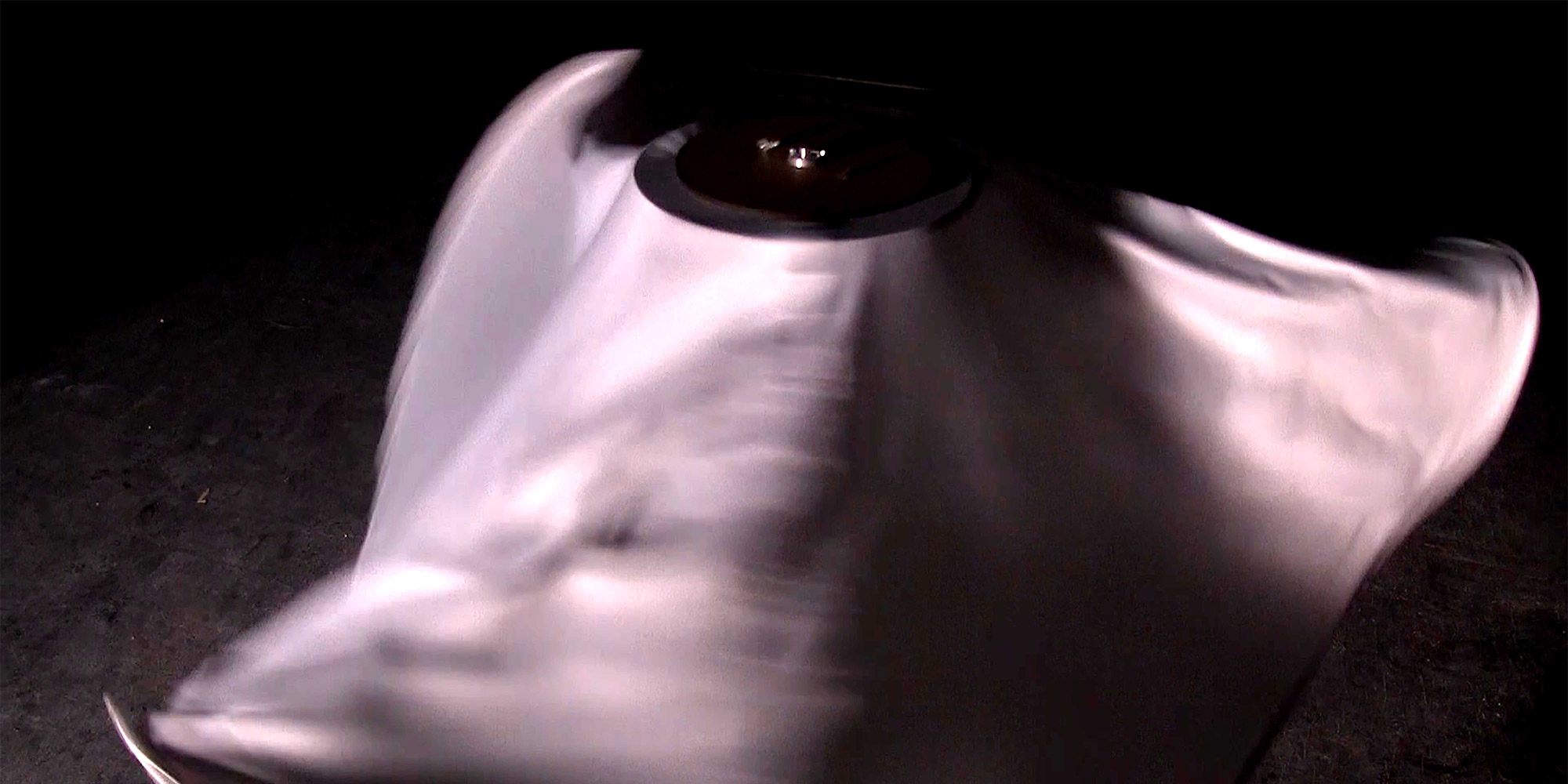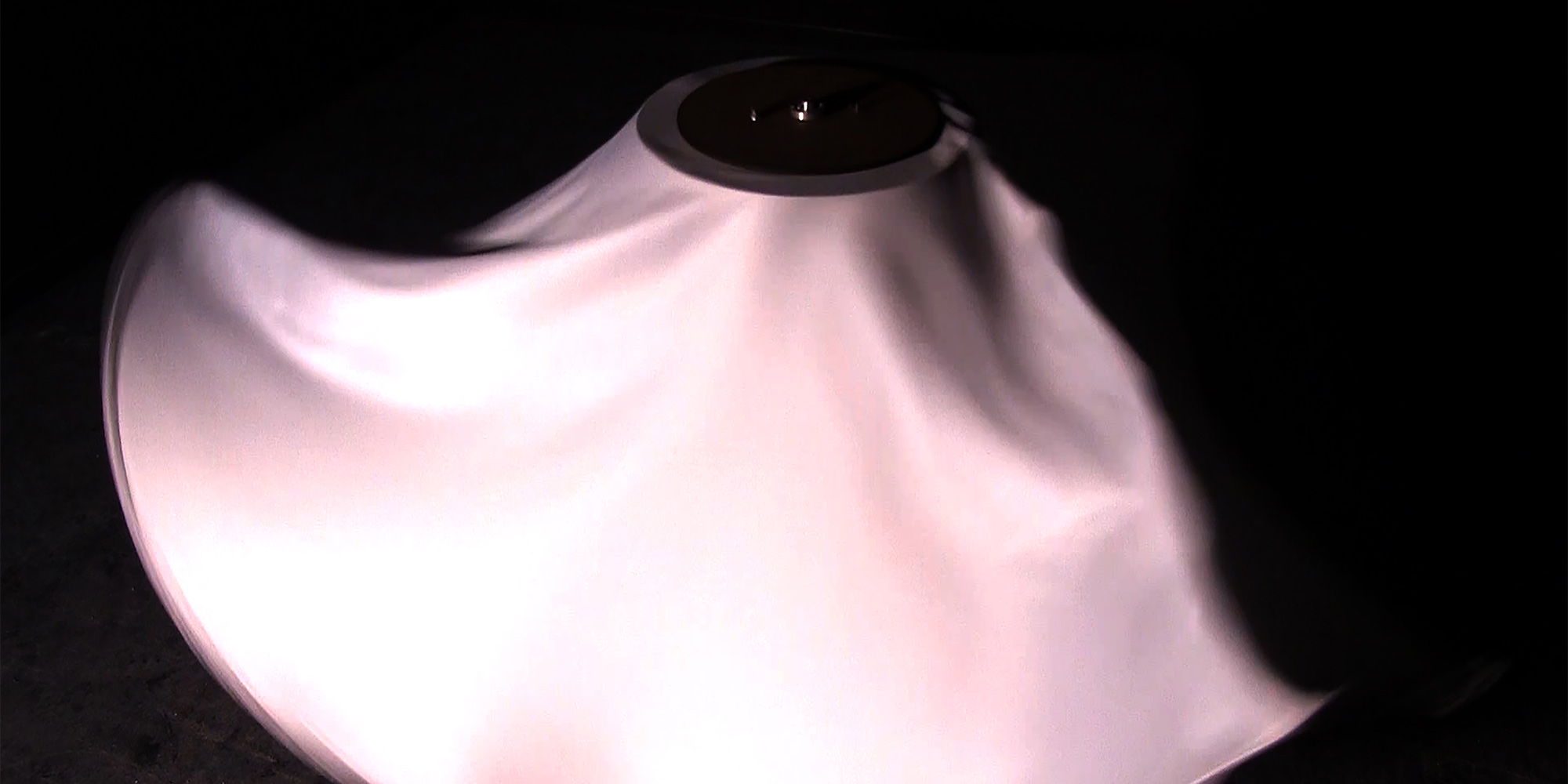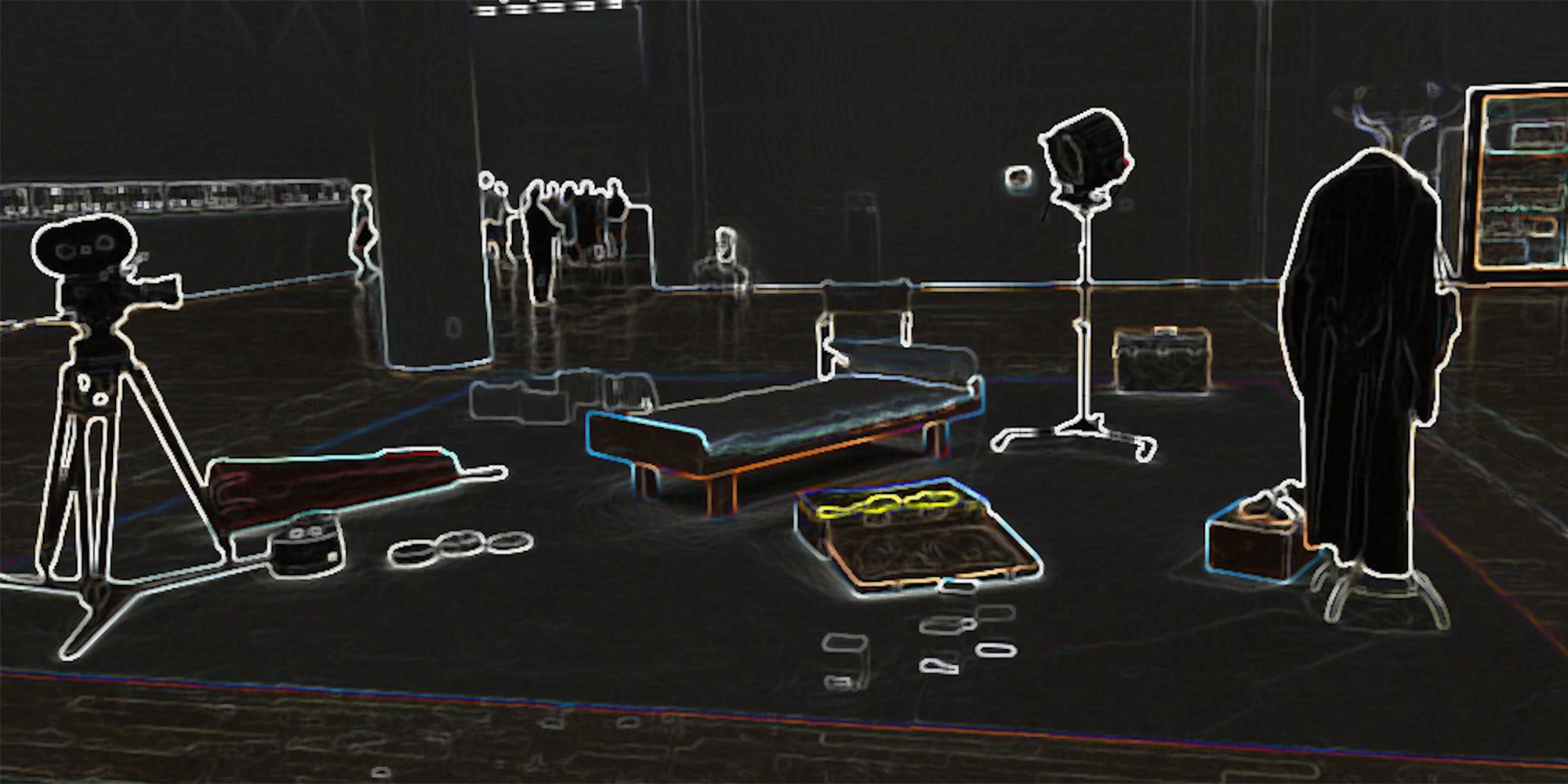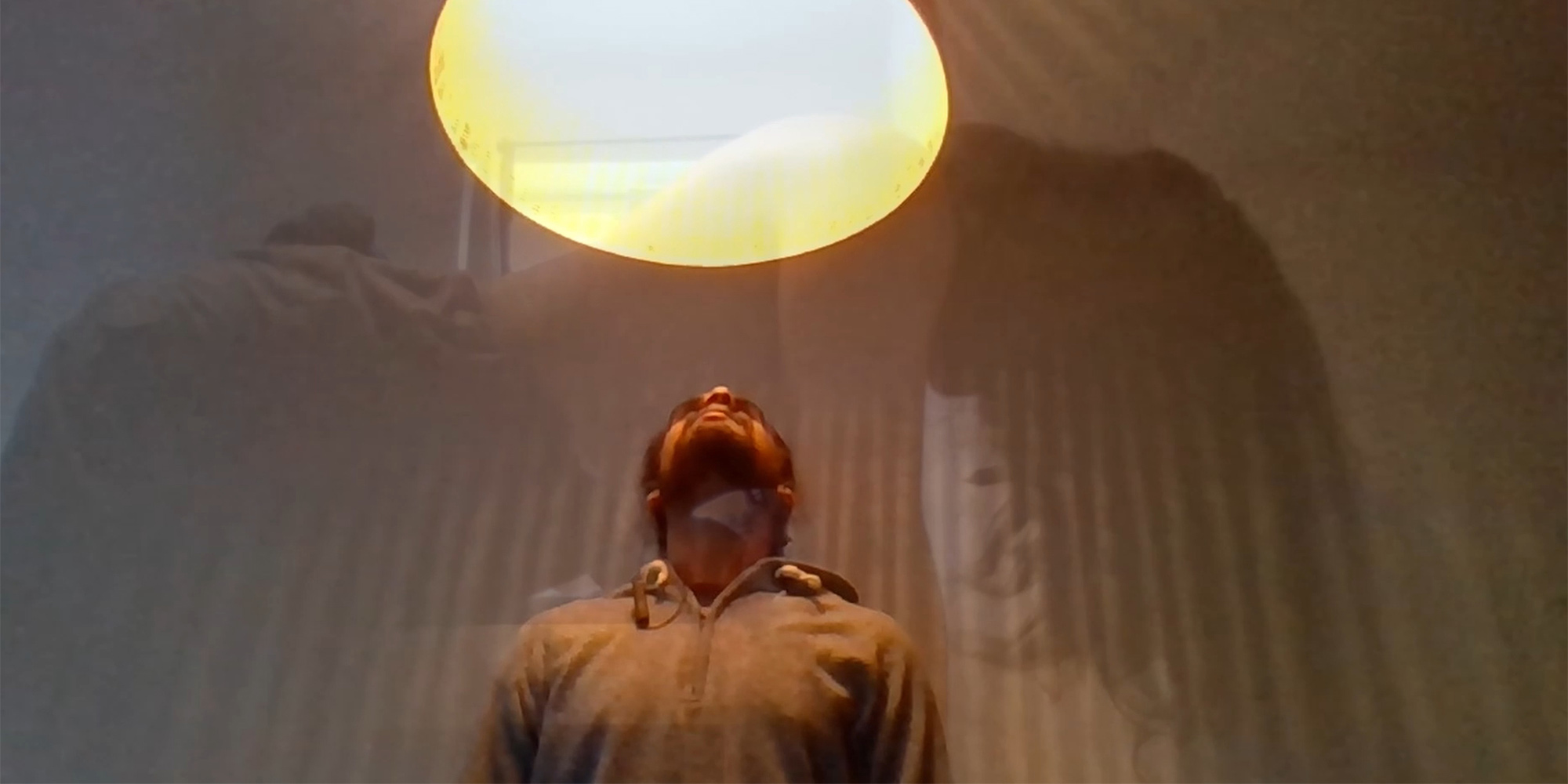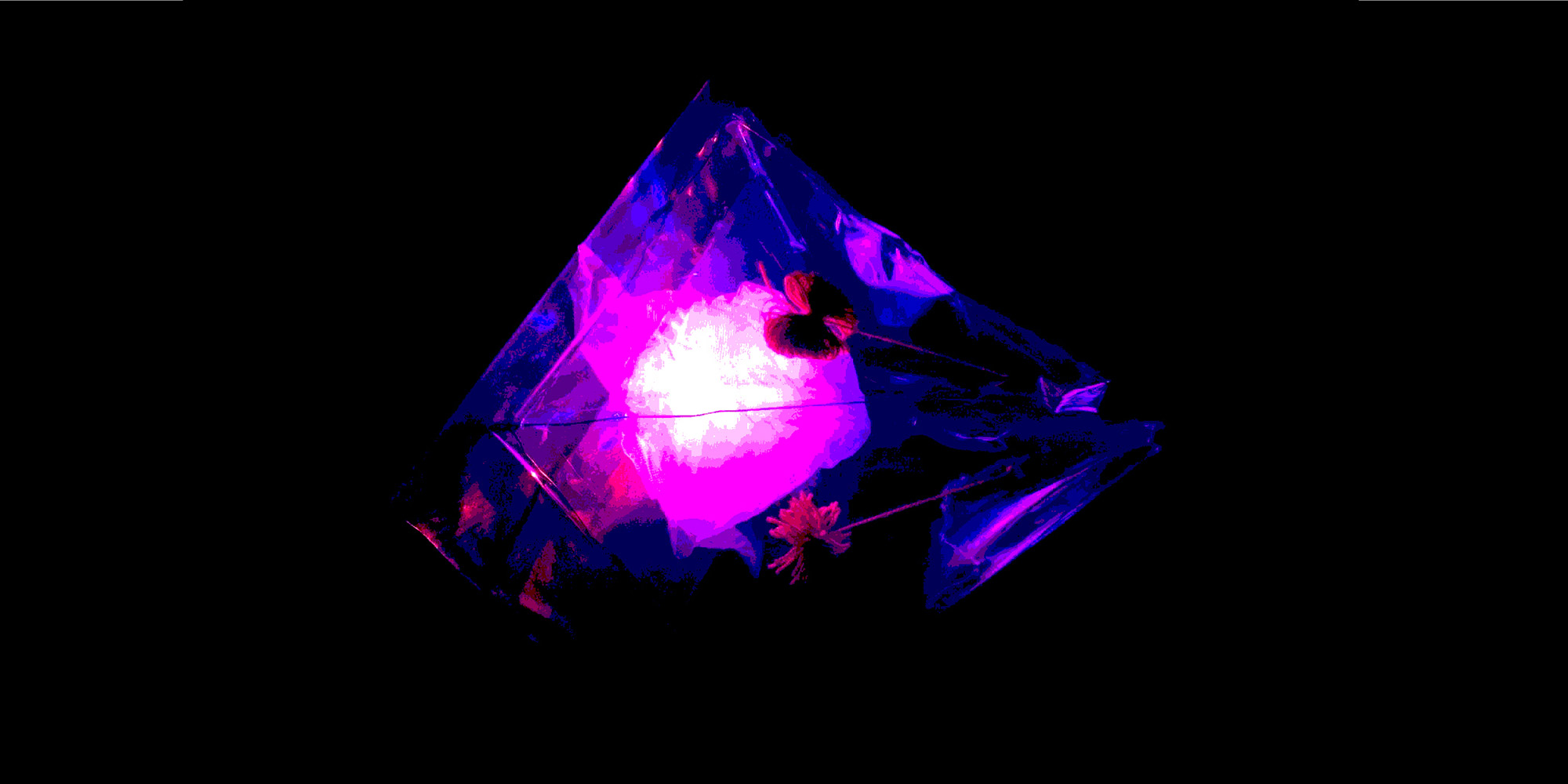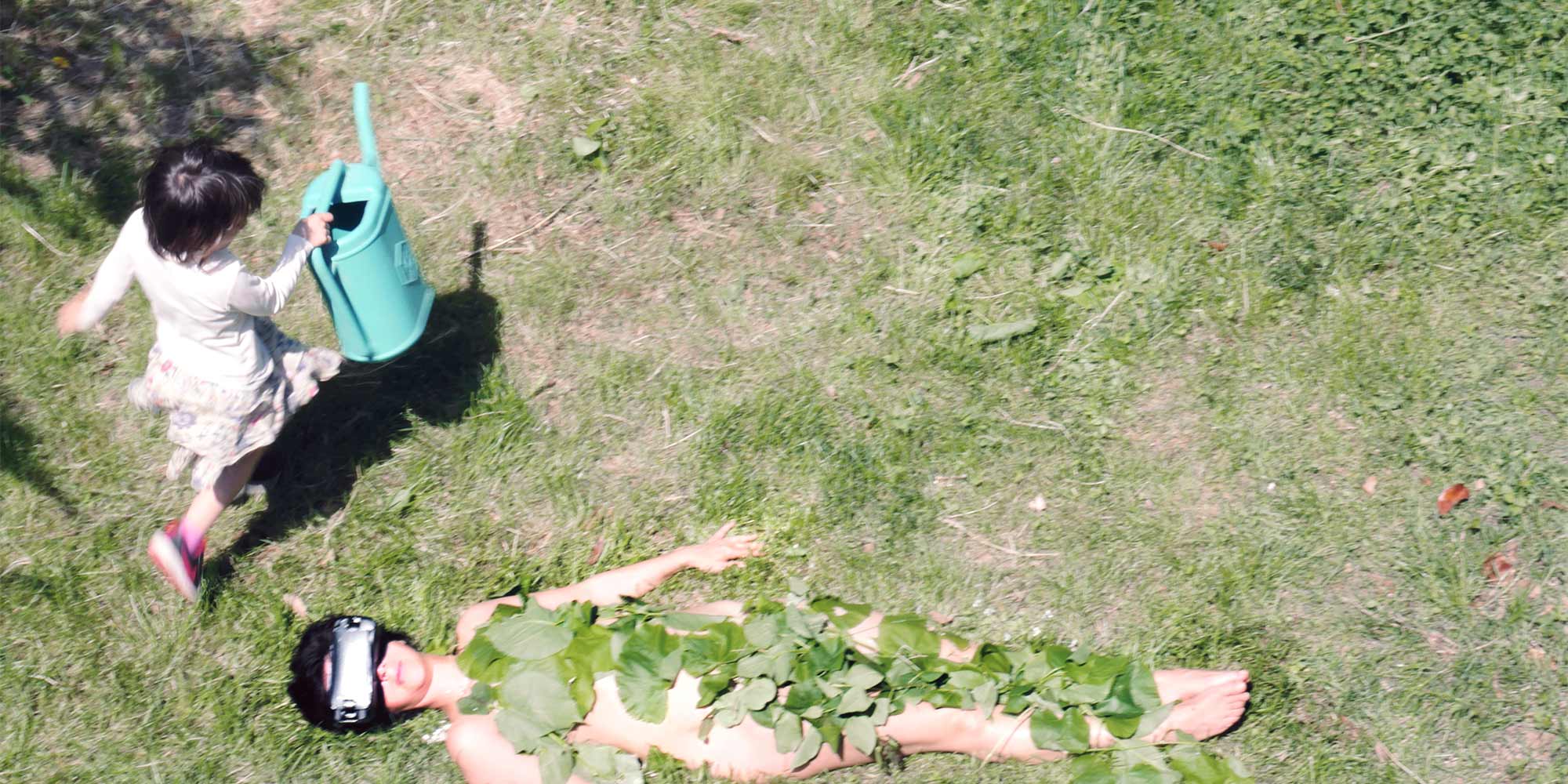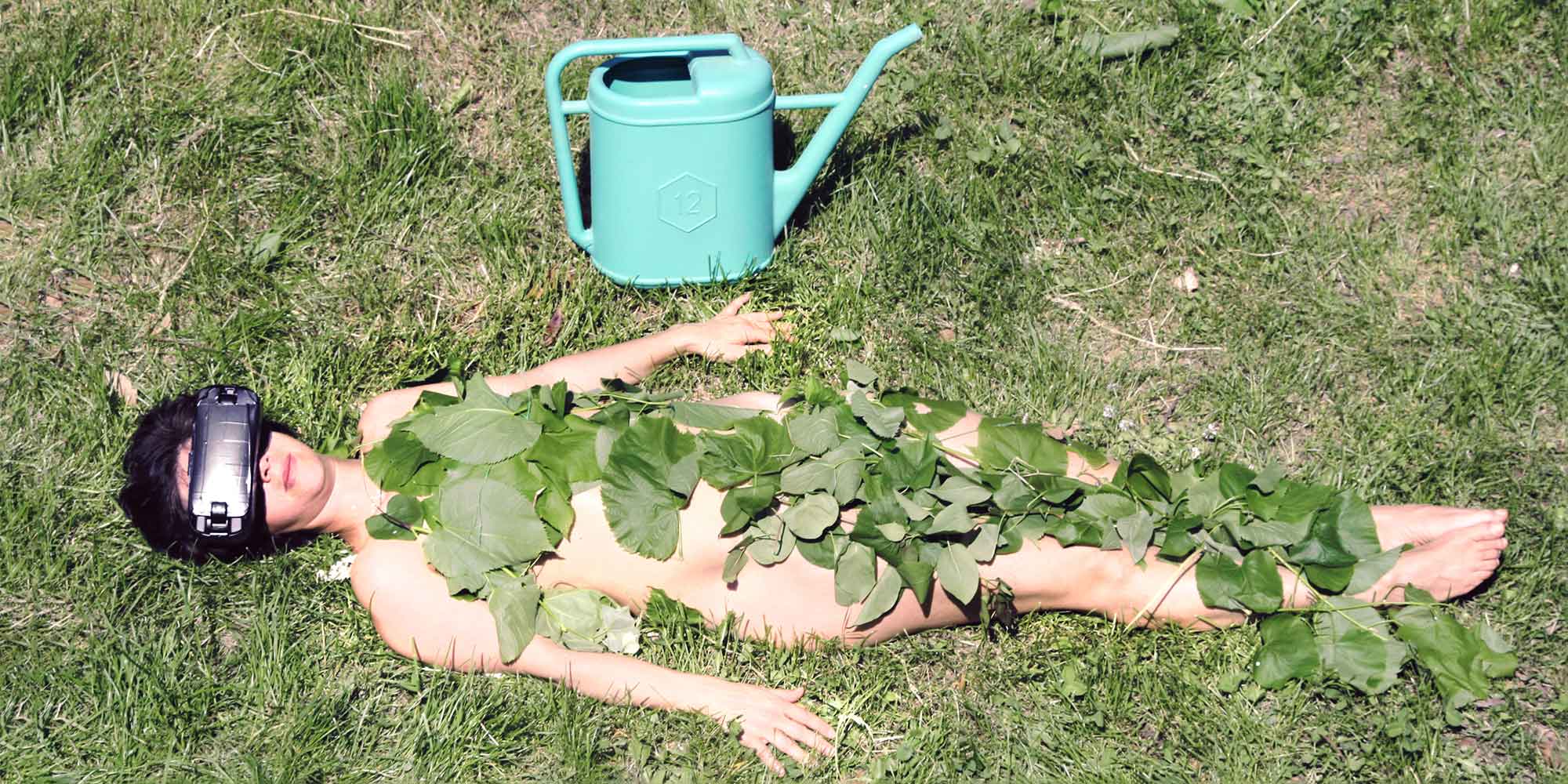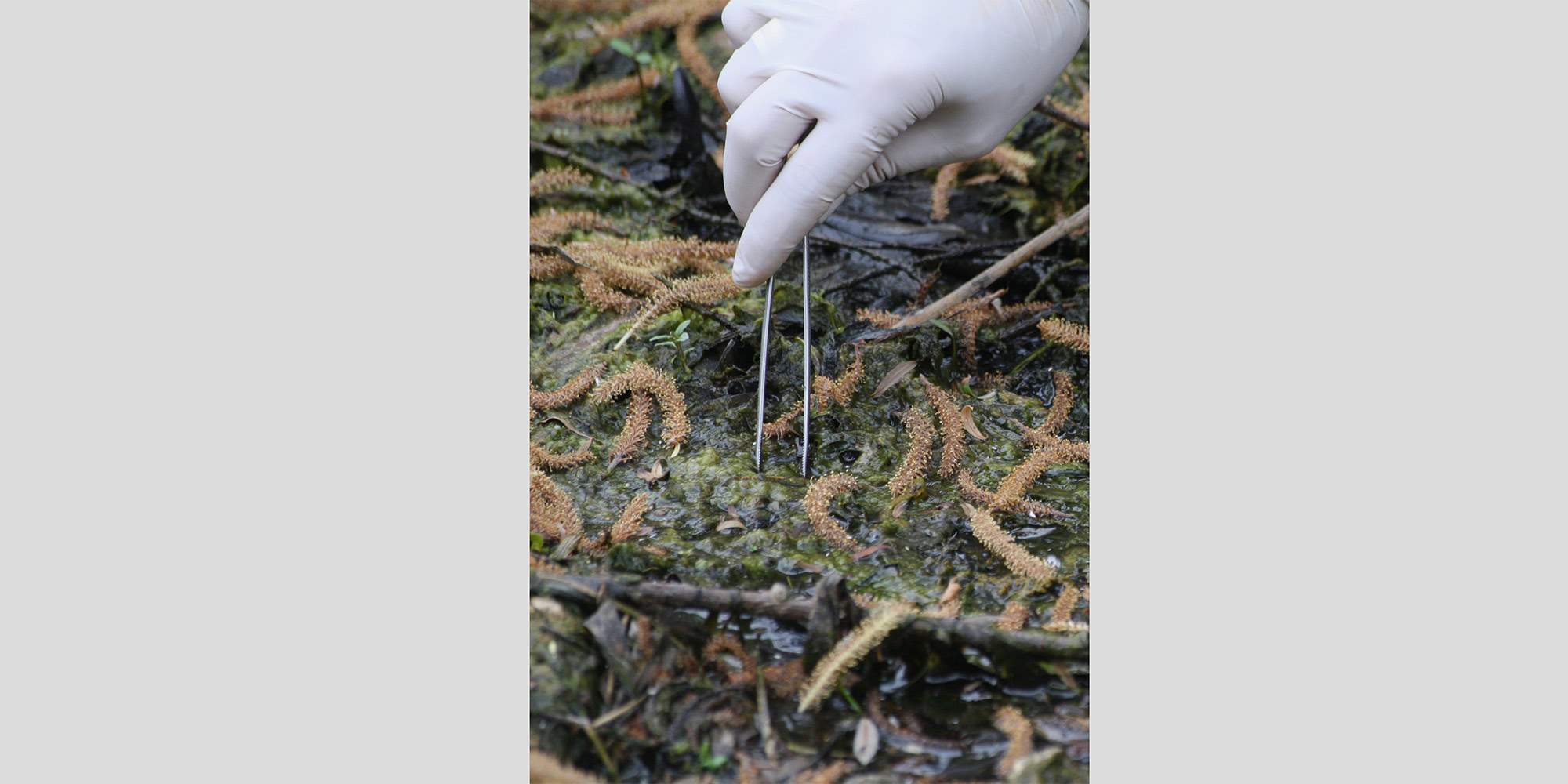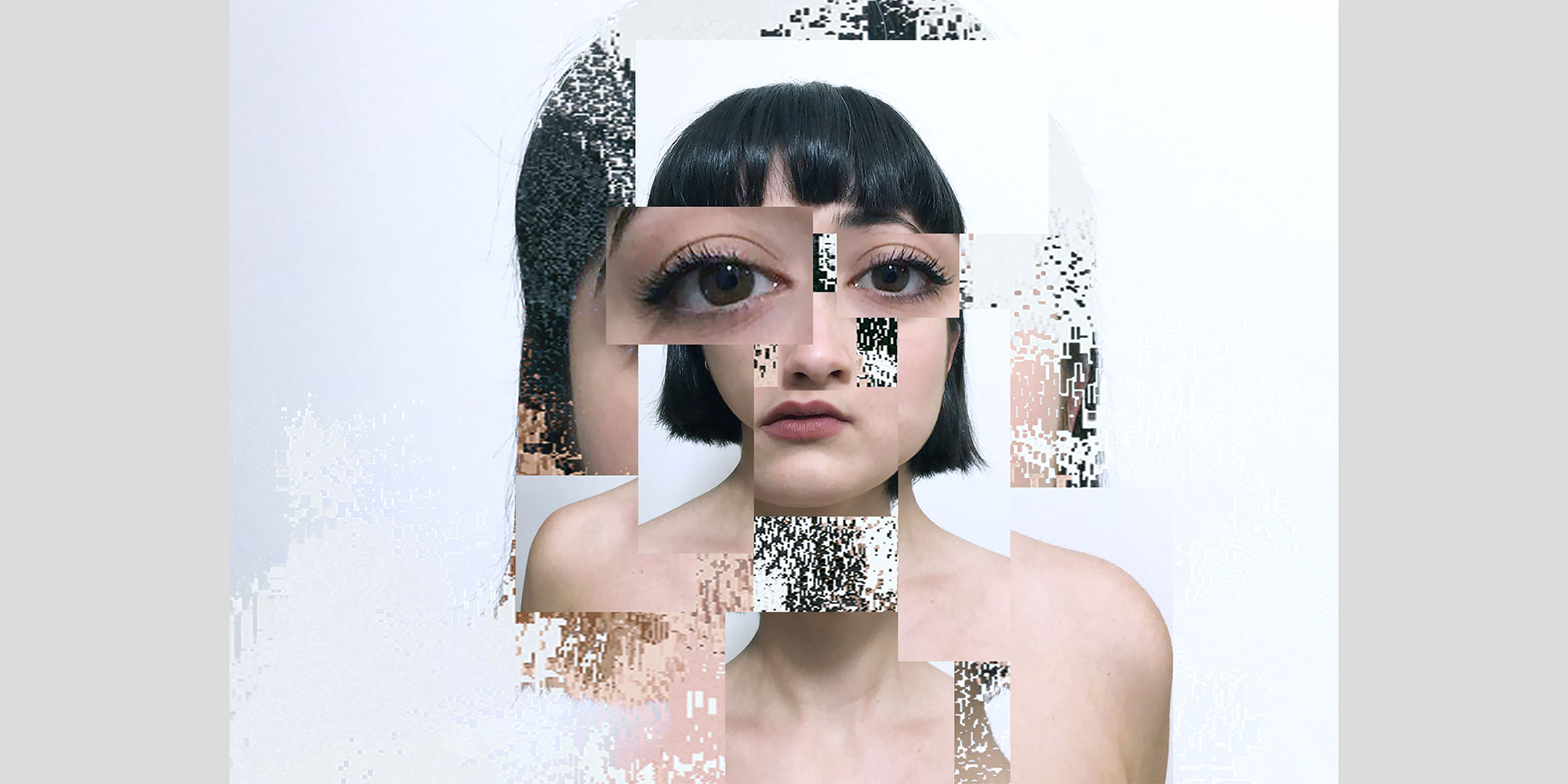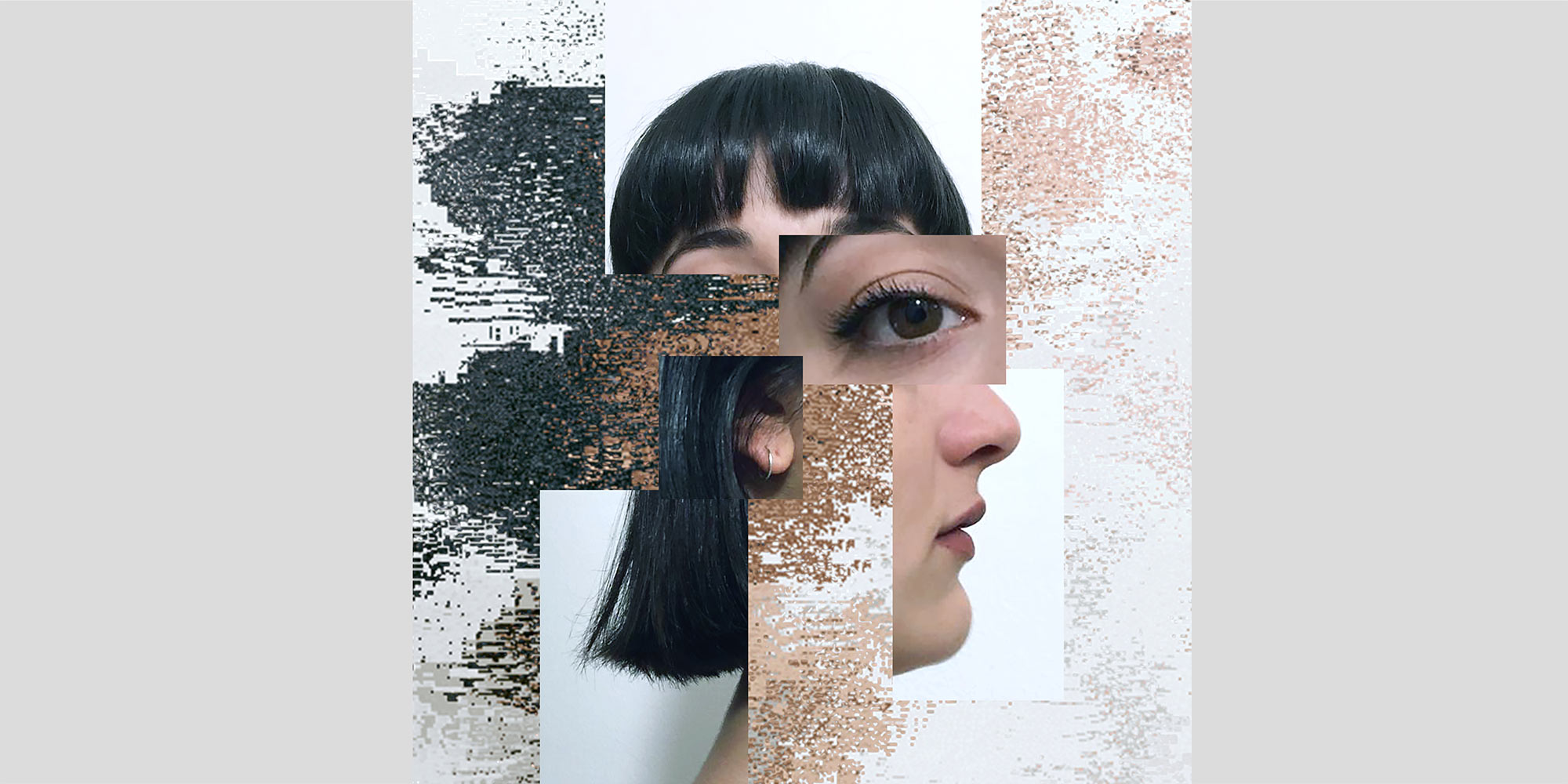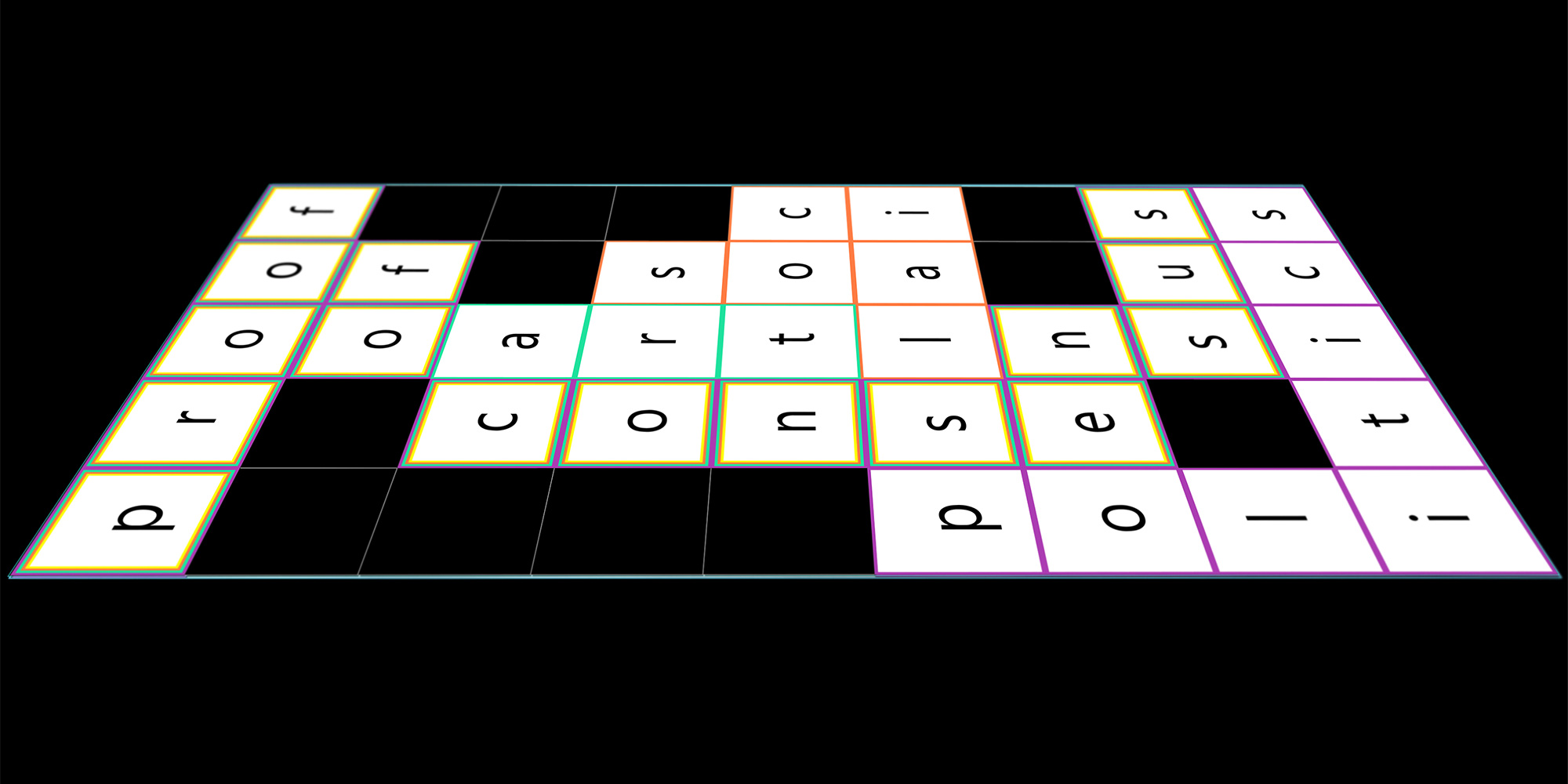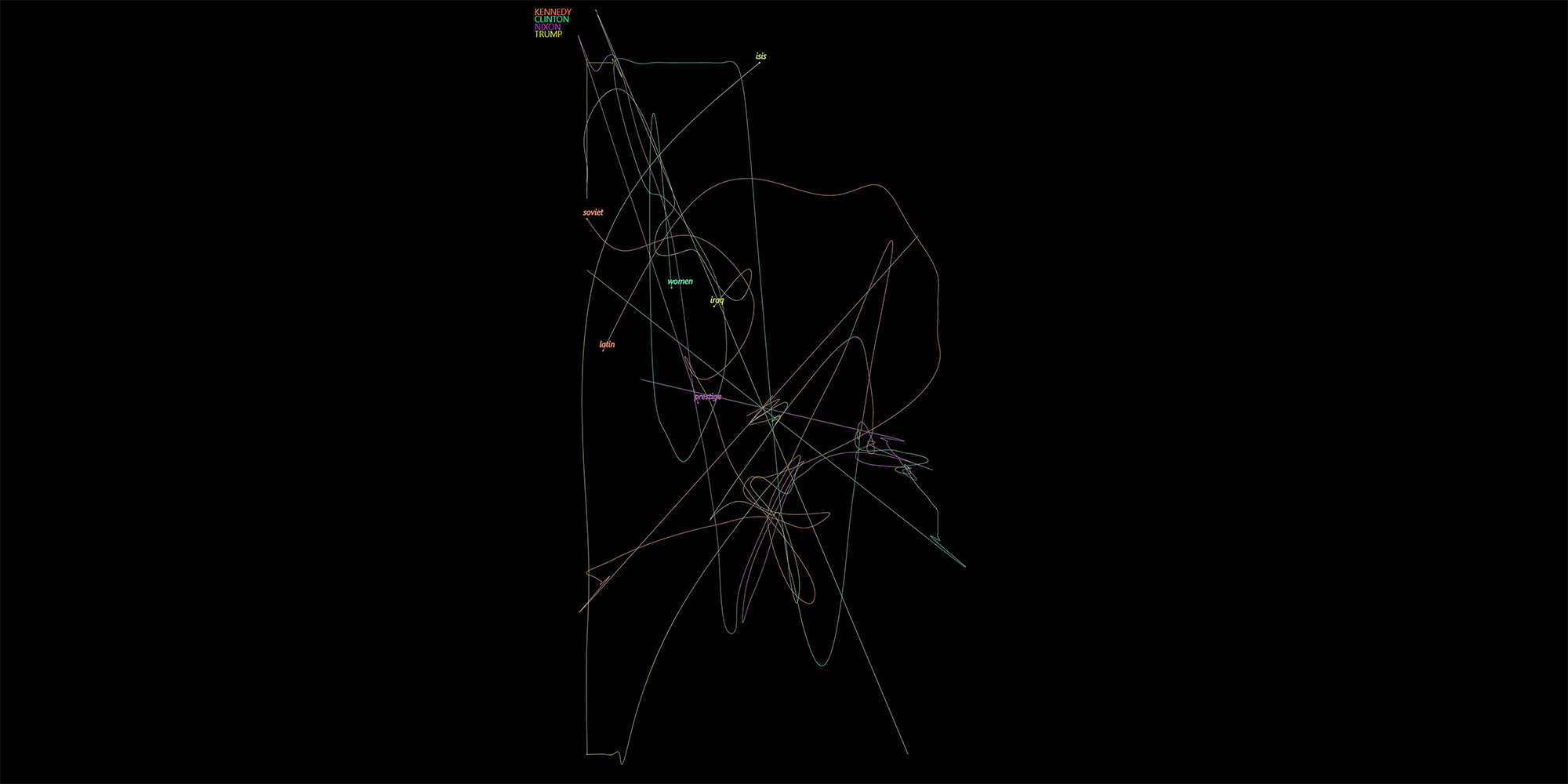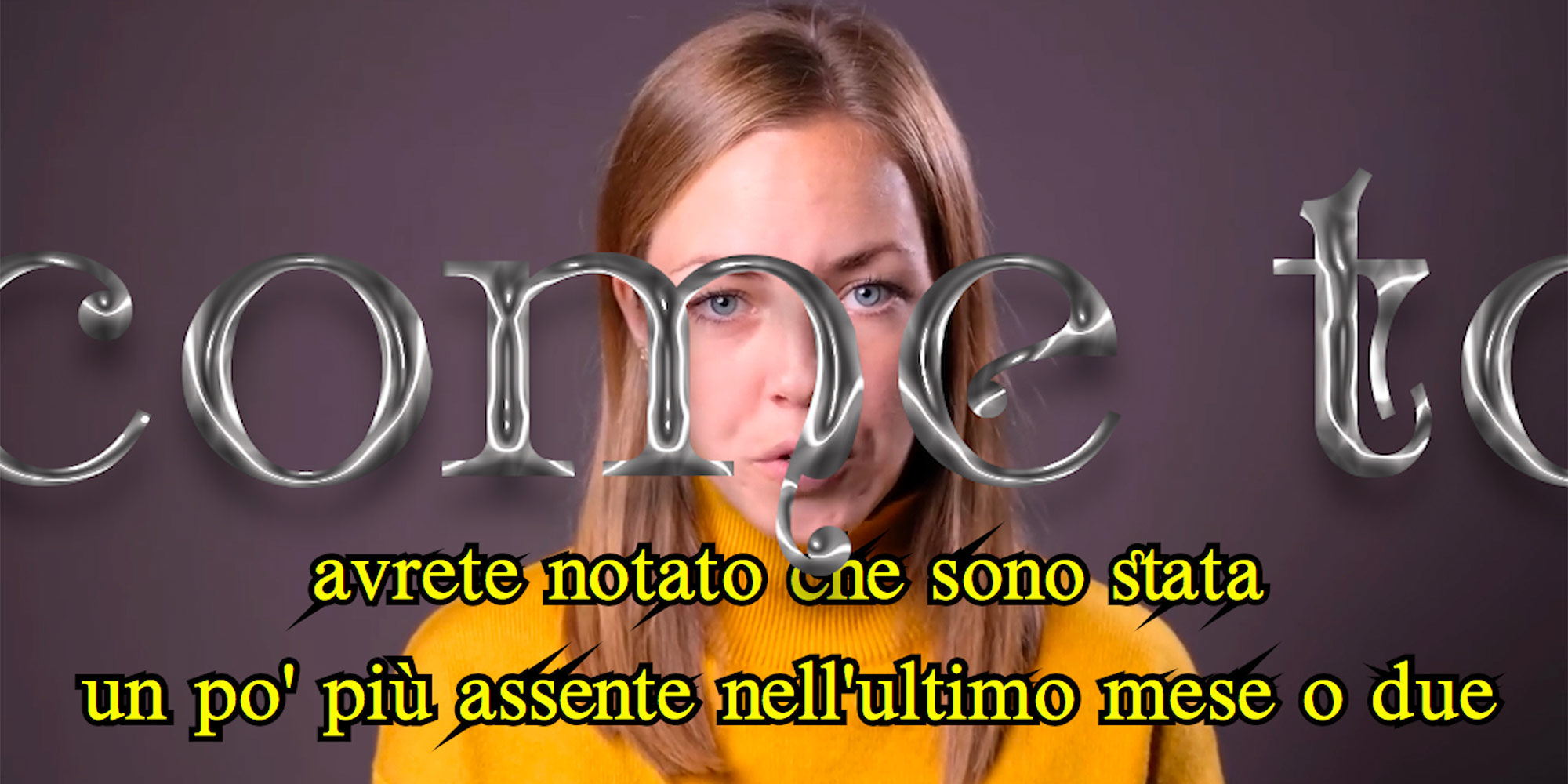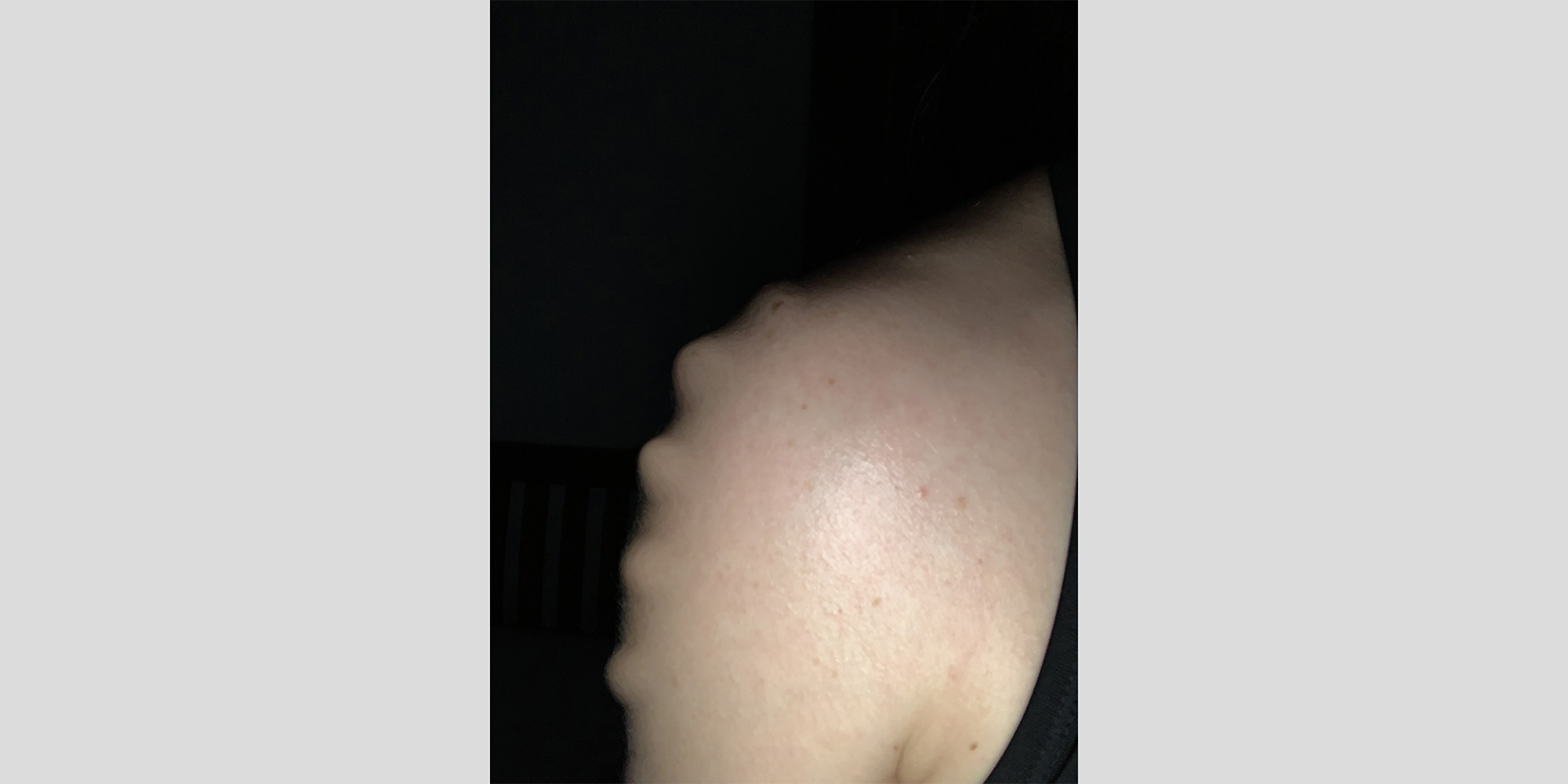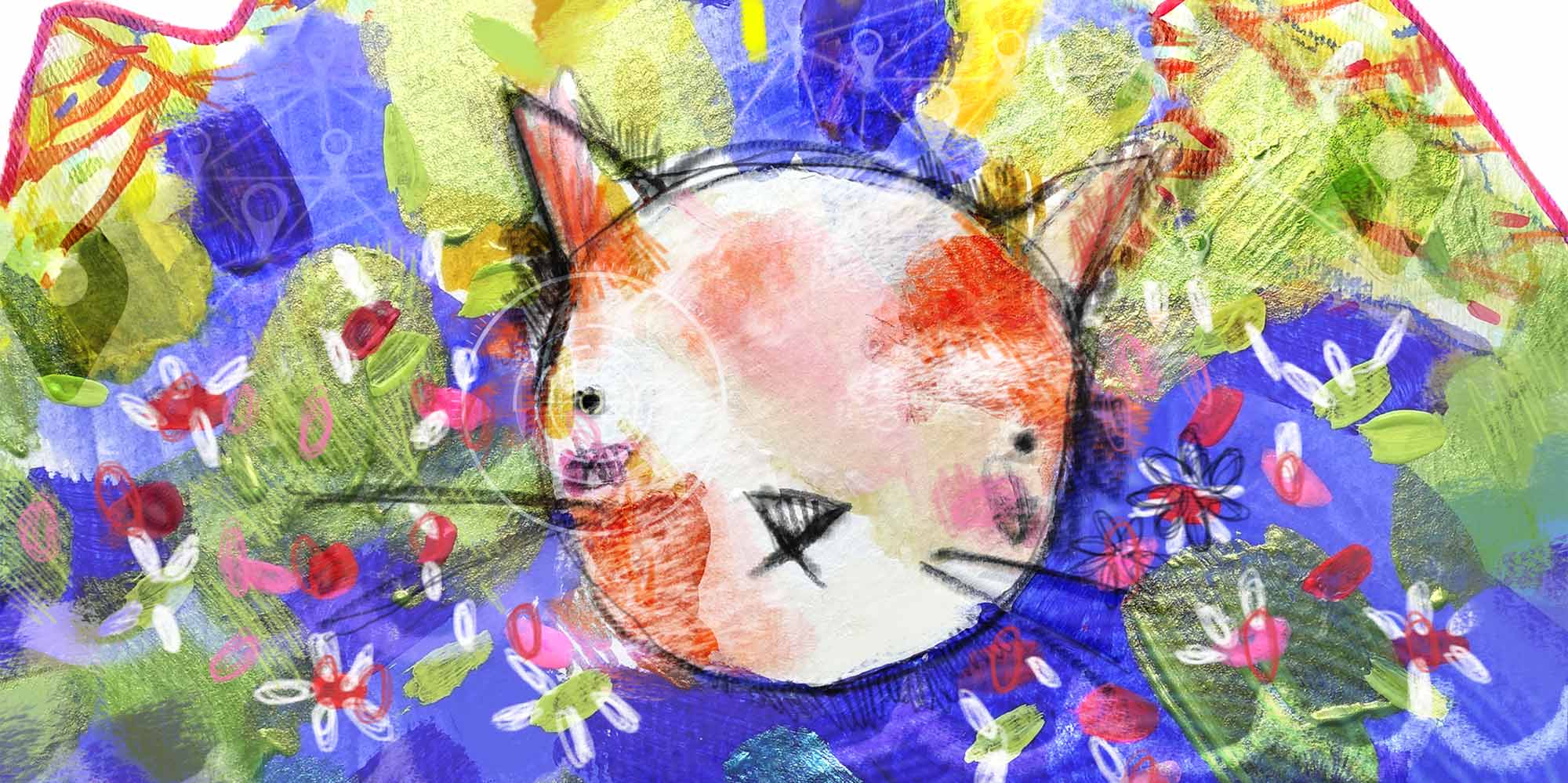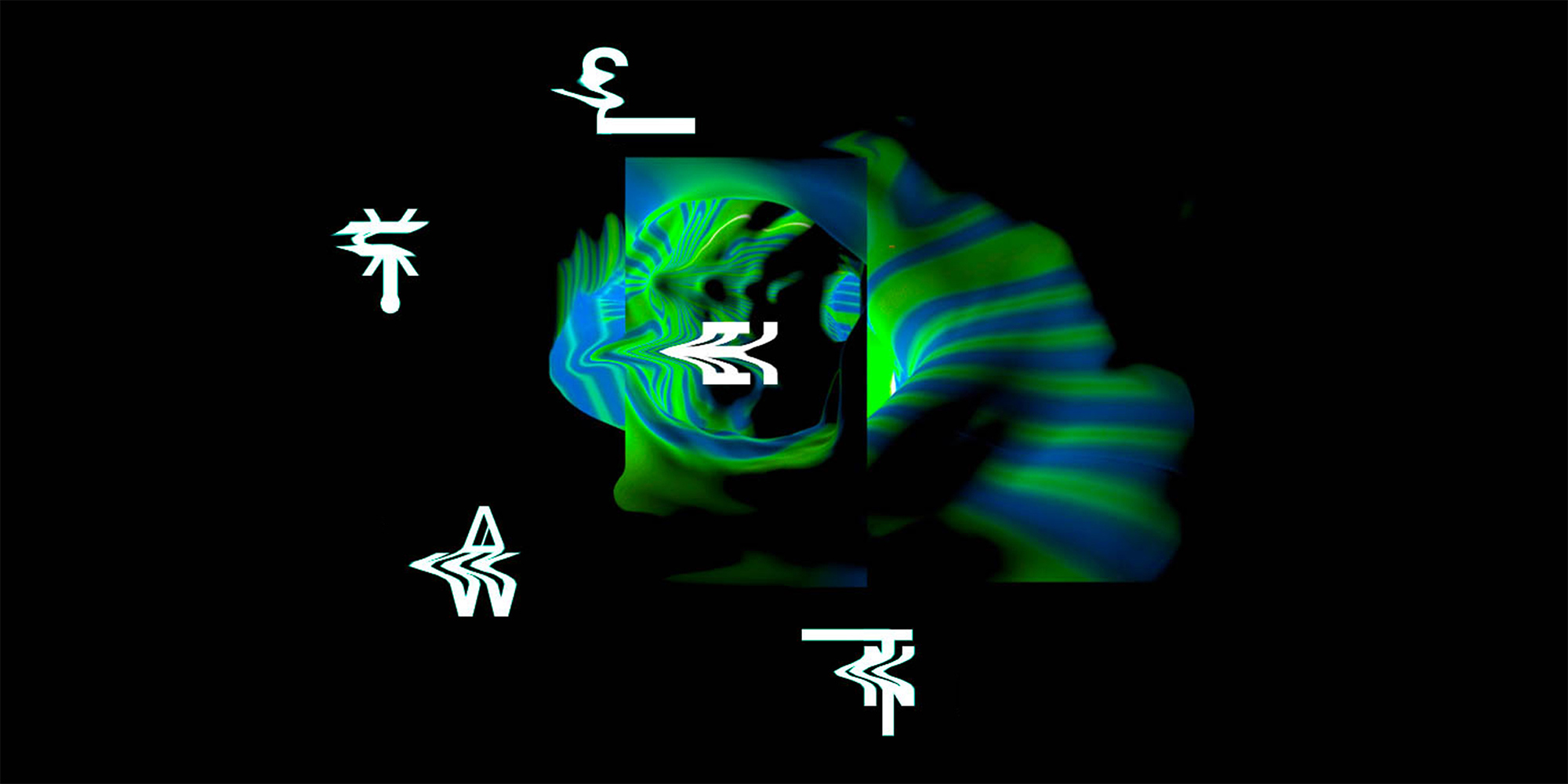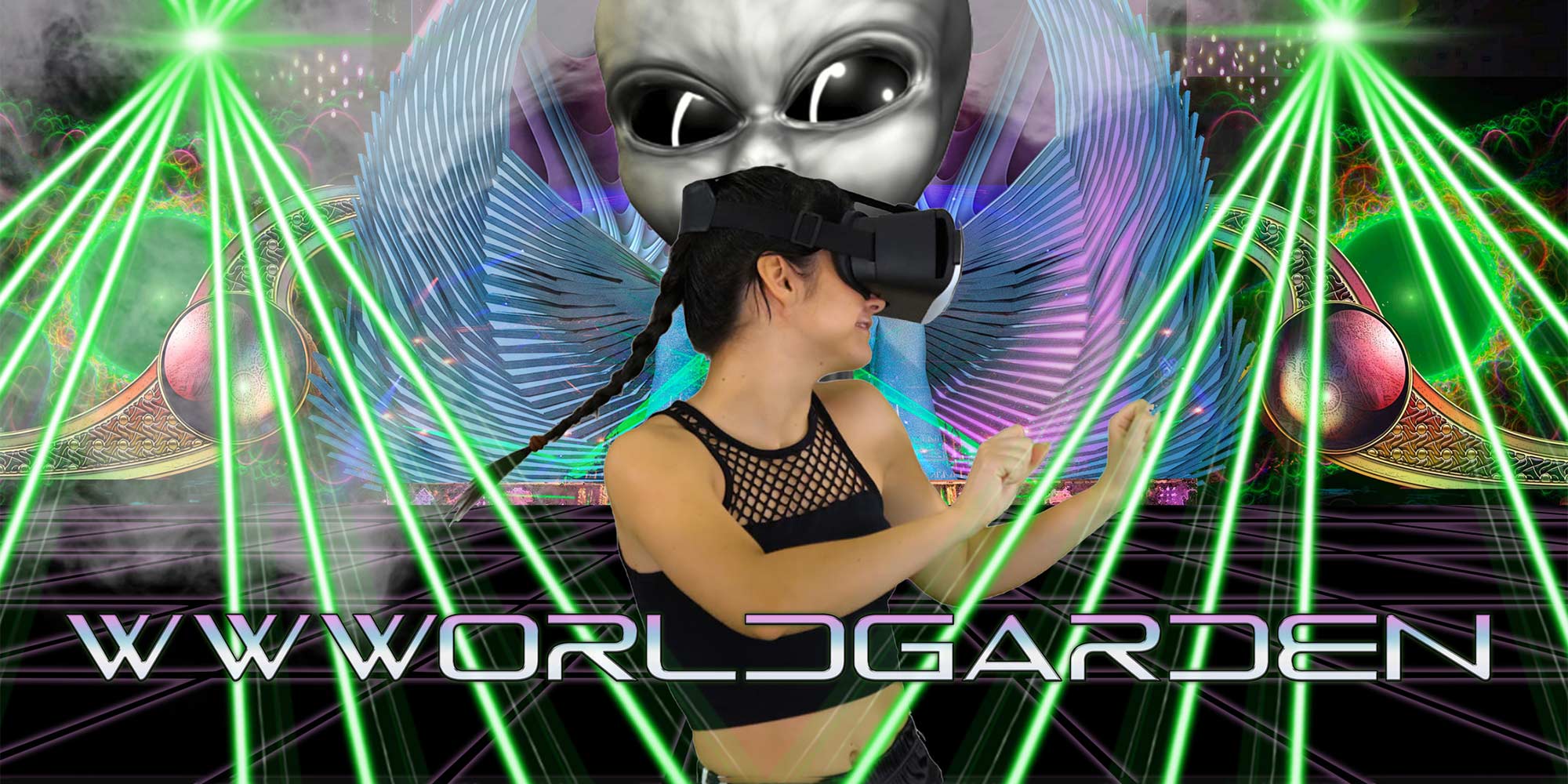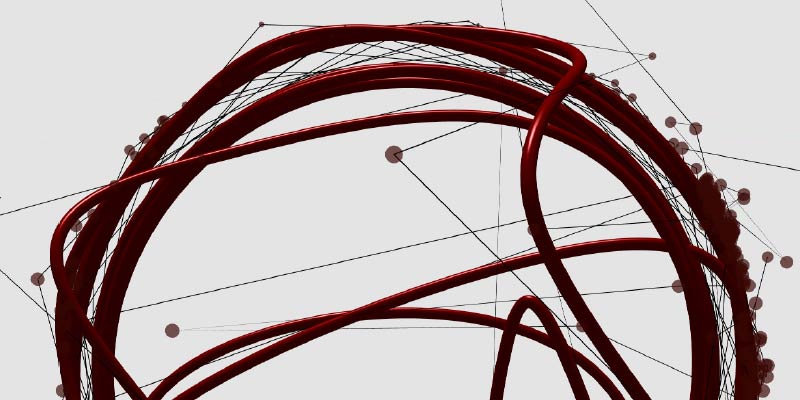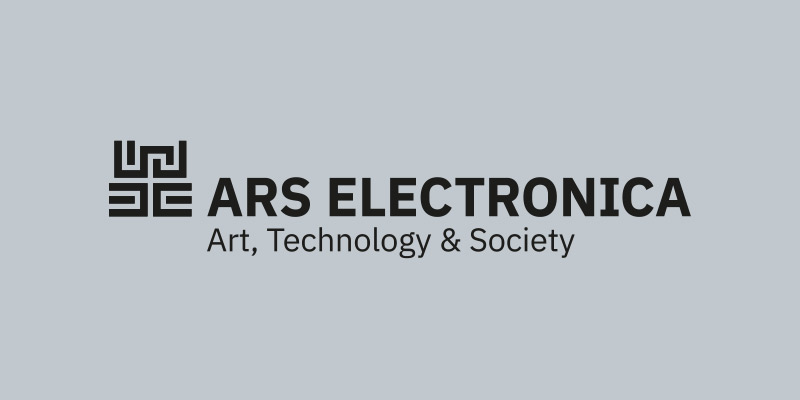In the field of media art and technology we often discussed, until recently, how to design intimate technology. And the desire to be departing, like Harry Potter, from Platform 9 ¾ seemed to be a major incentive for augmenting and mixing realities. Until last spring, when the University of Art and Design in Linz had to close and a lockdown immersed us all, unwillingly, in a virtual world whilst the physical world seemed to be replaced by daily statistics. This is the context for the Interface Cultures students who worked, for the full 2020 summer semester, in confinement on their projects for this exhibition.
What all these years’ student projects share is a call to remain alert, a state of emergency.
Moreover, this unique exhibition reflects, in many respects, the diversity of the international Interface Cultures students group. Many of the students’ art and technology projects seem to encourage us to consider new collective values. We hope you’ll be inspired and alerted by their intimate, artistic, socially engaged, technical informed or critical views on our life over the last half year.
Project Credits / Acknowledgements
Faculty: Fabricio Lamoncha Martinez, Anne Nigten, Christa Sommerer, Laurent Mignonneau, Davide Bevilacqua, Gertrude Hörlesberger
Text: Dr. Anne Nigten, Guest Professor of Interface Cultures
Exhibition Management: Fabricio Lamoncha Martinez
Production/Designteam: Giacomo Piazzi, Sofia Braga, Antonio Zingaro, Mario Romera, Juan Pablo Linares Ceballos, Matthias Schäfer, Kevan Croton
All at Once
Juan Pablo Linares Ceballos (CO)
All at once is a project focusing on the space between images, the way memory rewrites itself constantly from the visual stimulus that we are exposed to through our screens, and how it shapes the world we inhabit. The project presents a reflective visual digital space made from images constructed using 3D software, programming and visual editing tools. It is an installation of multiple screens displaying short videos from captures of my screen while I work on constructing the images I desire. The videos are played in random order on each screen, so that different visual compositions are possible while people visit the space: there is always something not being seen as we turn our eyes to the other side. I wonder about the process in which each image that has been seen becomes an action towards the world. The installation proposes a space of compressed time between those simultaneous steps as our vision travels around them.
COCO-lands
Various artists
COCO-lands is a growing digital archive of international media artists dealing with the global COVID-19 crisis. Starting on March 15th, the participants shared their personal reflections on the various forms of isolation from a variety of geographical contexts: from almost complete isolation in Italy, over the strict measures taken in Austria, to the serious social consequences faced in the USA and permanent isolation on a remote island in the middle of the Atlantic Ocean. The contributing artists decided to create their digital diaries as a ritual without knowing when the process might end, to inspire each other against the quarantining of their passions and against the virus as a social epidemic. They thereby tried to understand and overcome the personal and social anxiety and repression that are slowly becoming central to the current globalized lifestyle.
Floating Spaces
Amir Youseff (FR)
Floating Spaces is a three-dimensional kinetic sculpture that unites the forms of a Tanoura Whirlpool Dancer and a spinning top. It produces a poetic kinetic atmosphere by engaging with the surrounding spaces and reflecting off surrounding monuments. The work is inspired by a distinctive feature of contemporary large cities, namely, the disappearance of local, neighborly relations, and the resulting loneliness, alienation, and atomization of the citizens. “Floating Spaces” thus reveals the hidden design of public spaces and values of social inclusion and integration.
In-between Privacy
Jaskaran Anand (AT/IN) / Technical direction: Stefan Fuchs (AT)
In-between Privacy emphasizes the interconnectedness of society and addresses the visibly rising importance of “Body.Self” interactions. The project aims to develop a new language for the understanding of individual physical and digital privacy, and discusses definitions of private/public space in a society comprised by diverse cultures.
In-between Privacy is grounded on the idea that there is no separation of “me”, but rather a collective “I”. It manifests through an interdisciplinary series of performances, discussions and digital prototype(s) focusing on the geo-political nature of the “Body.Self” to enhance social interactions at various levels with the audience and the artist. It adheres to the concept of “True.Self” & “False.Self,“ where the “True.Self” can also be hypothesized as avatar, the copy of digital content unknown to the individual.
Project Credits / Acknowledgements
Collaborators: Department of Art Education - Museen der Stadt Linz (NORDICO), Plankton Electronics Movement, Spätschicht, RENU, Kilian Jörg, NANNA, Monica Vlad, Yazdan Zand
inbetweenprivacy.lilimit.com
ONISMA
Afra Sönmez (TR), Nursinem Aslan (TR)
A textile organism as an electronic instrument.
The meaning of the word ‘onism’ comes from the frustration caused by the awareness of being bound to one body that can inevitably experience only one place at a time. ONISMA offers a way to overcome this new feeling by offering the audience the possibility to escape the place in which they feel stuck, to reach a different one. A sound journey is activated through an electronic organism fed by urban sounds, which offers the audience an alternative way to walk through various cities. Church bells, birds, subway announcements, etc. become the foundation for a new experience of the urban landscape that allows us to overcome our bodily limitations.
Photosynthetic Me
Vanessa V (concept and design), Andrea Macchia (images), Vincenzo Guarnieri (scientific design) (IT)
Photosynthetic Me emerges from a process-based experiment around the idea of becoming plantlike in which I am the test subject. It is based on scientific studies of the photosynthetic qualities of the Elysia chlorotica slug. The aim is my evolution, whereby I try to activate a photosynthetic system that can make me self-sufficient in terms of food and energy requirements. The installation explores the limits between science, fiction, art and life by displaying video and text documentation. It also actively involves the visitor. “Photosynthetic Me” is part of a personal path started a few years ago when I tested positive for the risk of two genetic mutations: breast cancer (BRCA1) and thrombosis (MTHFR), in light of which I decided to inquire into the debate around innovative genetic techniques. What if we could replace the diseased parts of our DNA? What if we could swap genes with other species, becoming like leaves? Is this natural? Can I evolve in my imperfection? Is it possible to be perfect?
Project Credits / Acknowledgements
Production: Alessia Gervasone
Thanks to: Mara Brancaccio and her laboratory for the scientific support and Andrea Ballo for the images provided during the Covid-19 quarantine.
Portrait of a Generative Memory
Indiara Di Benedetto (IT)
How does someone interpret and recall a human face? How can these memories and related emotions be communicated? In an attempt to remember individual faces while dealing with large amounts of pictures, Portrait of a Generative Memory focuses on the subjective interpretation of personal memories by collecting information about the elements that people are able to memorize about a human face. The project is centered on the relationship between observation and imagination: observation, as the method used to internalize reality through our intellect, emotions and experience; imagination, as a personal and individual interpretation of a given experience, influenced by the thinking patterns of the individual. Independent from any precise logical elaboration, it processes the content of a sensory experience. The elements of the human face that a person can remember are combined and interpreted to generate a new series of abstract and unrepeatable portraits.
Proof of Consensus
Mario Romera (ES)
POC (Proof of Consensus) is a web application meant to facilitate decision-making processes within groups. It provides the space and time to rethink how consensus mechanisms work. Within this art project, participants will find a combination of technologies such as Peer to Peer (P2P) protocols, Natural Language Processing (NLP) and distributed computing algorithms (Scuttlebutt, pseudo-PAXOS) joined with data visualization techniques (text vectorization), design thinking (reverse engineering company strategies) and methodologies from social movements. Proof of consensus is a “stalker” into the world of politics, technology, society and art. Following the echoes of social movements, it digs into machine strategies and techniques to investigate new ecosystems in which humans can learn to understand each other and form consensus.
SSID: tag me
S()fia Braga (IT)
There is a disfigured area in the exhibition space. Can you see it? Reach it. Take your smartphone out of your pocket. Oh! It’s already in your hand.By connecting to the routers you can watch the videos I Stalk Myself More Than I Should and Welcome to My Channel.
Next to the routers you will find a smartphone showing Die Verwandlung , a psychological horror movie made for the Instagram stories format and meant to expire in 24h.
The series of videos investigates appropriation, the improper use of private content published on the internet and online nihilism.
Track-track: Let’s Follow the Cat!
Nomi Sasaki (PE/JP)
A hungry Andean cat travels to the coast to fish, unaware that he has some unexpected followers.
The project recreates a short micropuppet theater for children where the scenography is animated by the spectator’s biometric data. While seeing the show inside a box through a peeping hole, the kid activates sensors that take their data to move clouds, waves, and more.
Inspired by Lambe Lambe puppetry, Track-track: Let’s Follow the Cat! aims to explore children’s new digital environments and the concerns that biometric data and privacy imply. This interactive puppet show investigates how children recognize themselves as data sources and how they perceive their own digital data as a resource.
What’s Next
Bálint Budai (HU)
What’s Next is a VR installation based on visual imaginaries related to existing concepts of afterlife. The artwork gathers all these visions into one, as a multitude of entities levitate in a generative space together. Through virtual reality, participants can see how a “non-real” lifeform might look like.
WWWORLDGARDEN
Thu Trang Eva Ha (AT/VN)
WWWORLDGARDEN is a social virtual reality experience. The online space is built around the concepts of electronic dance music festivals. Playful lasers, smoke machines, powerful projections and flashy visuals promote feelings of ecstasy. In a state of emergency such as the current one, it is not possible to organize cultural events safely and the date when we might return to concerts, clubs, or festivals is unknown. Cultural gatherings are the last on the list of social events to return. Despite DJs using social media platforms for live stream events, listening to techno music at home cannot compare on any level to how music is experienced at a physical rave, where an intimate communication between the DJ and the participants is established. DJs interact with their crowd through music, and the crowd interacts back through dance, to create a nonverbal feedback loop in which both parties operate as a unit. Thu Trang Eva Ha—aka Shinsekai—establishes WWWORLDGARDEN , an online stage to celebrate the virtual festival experience.
